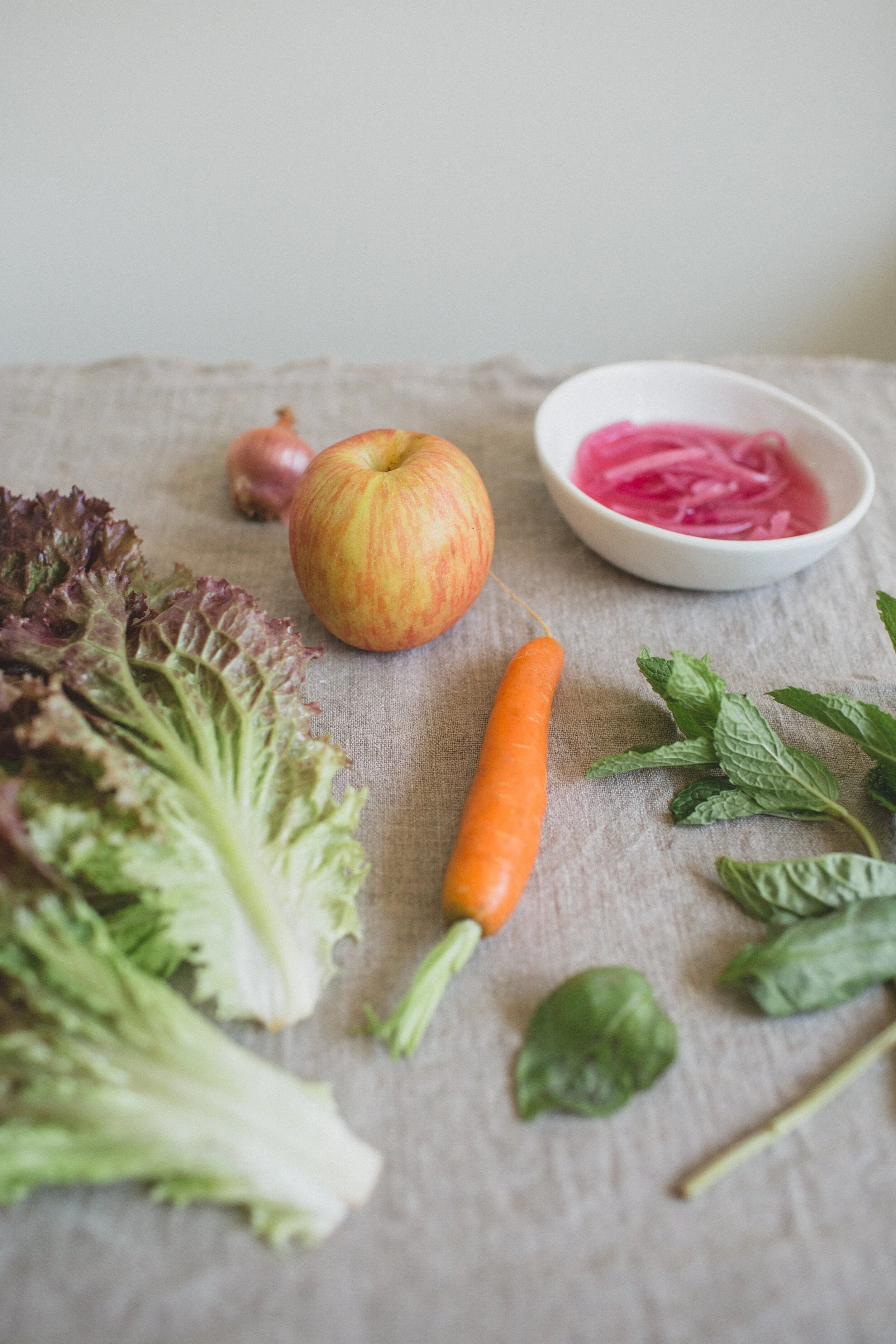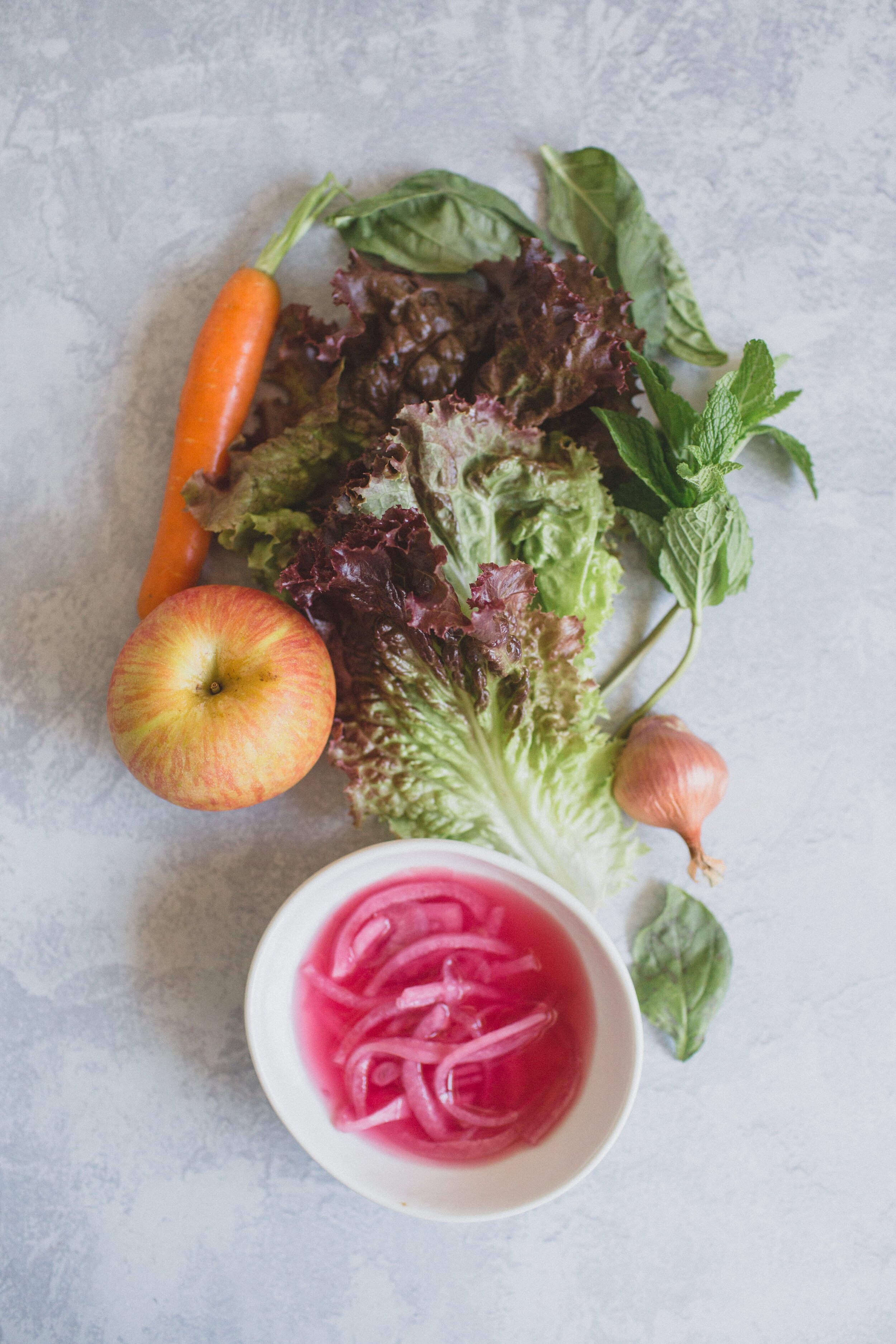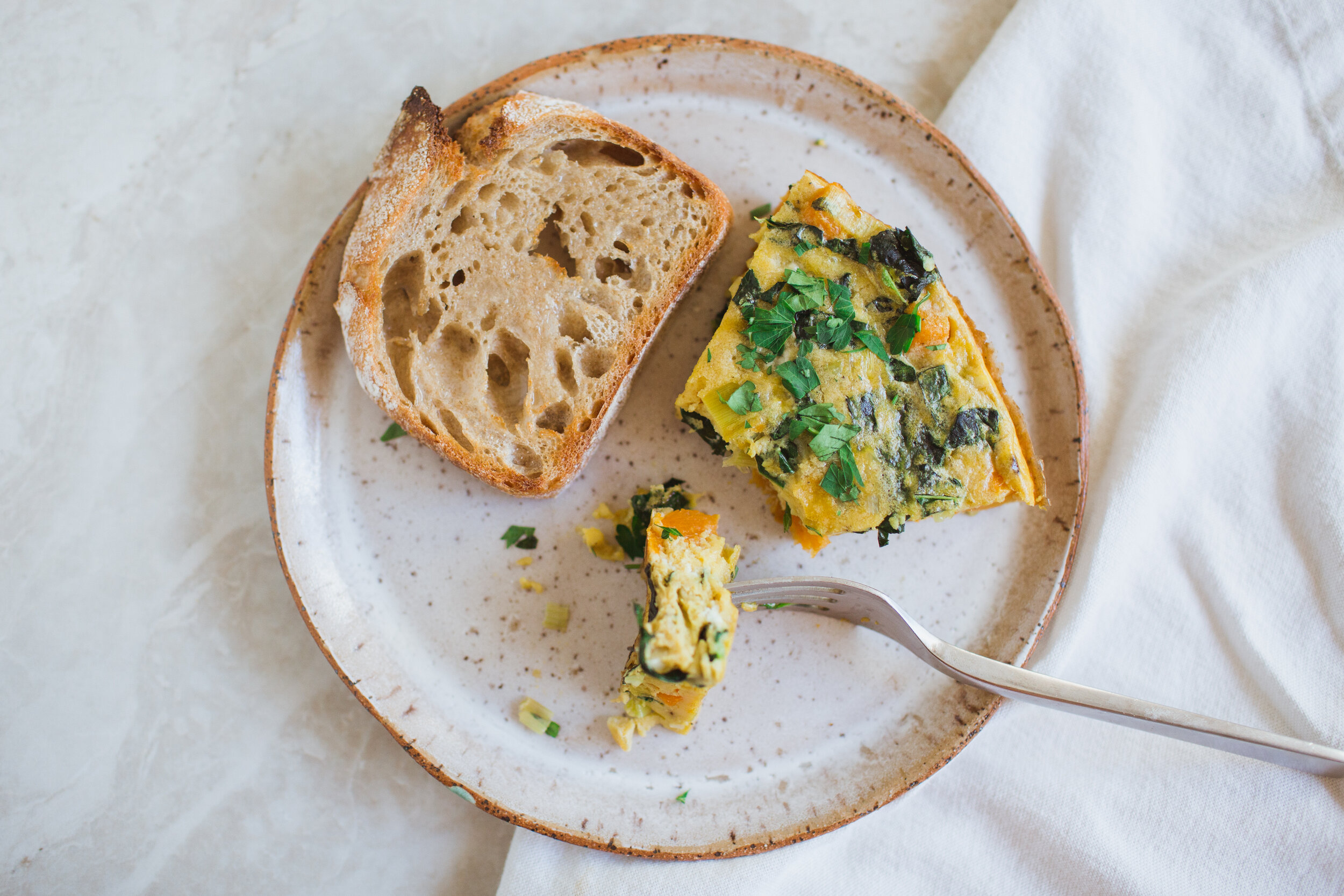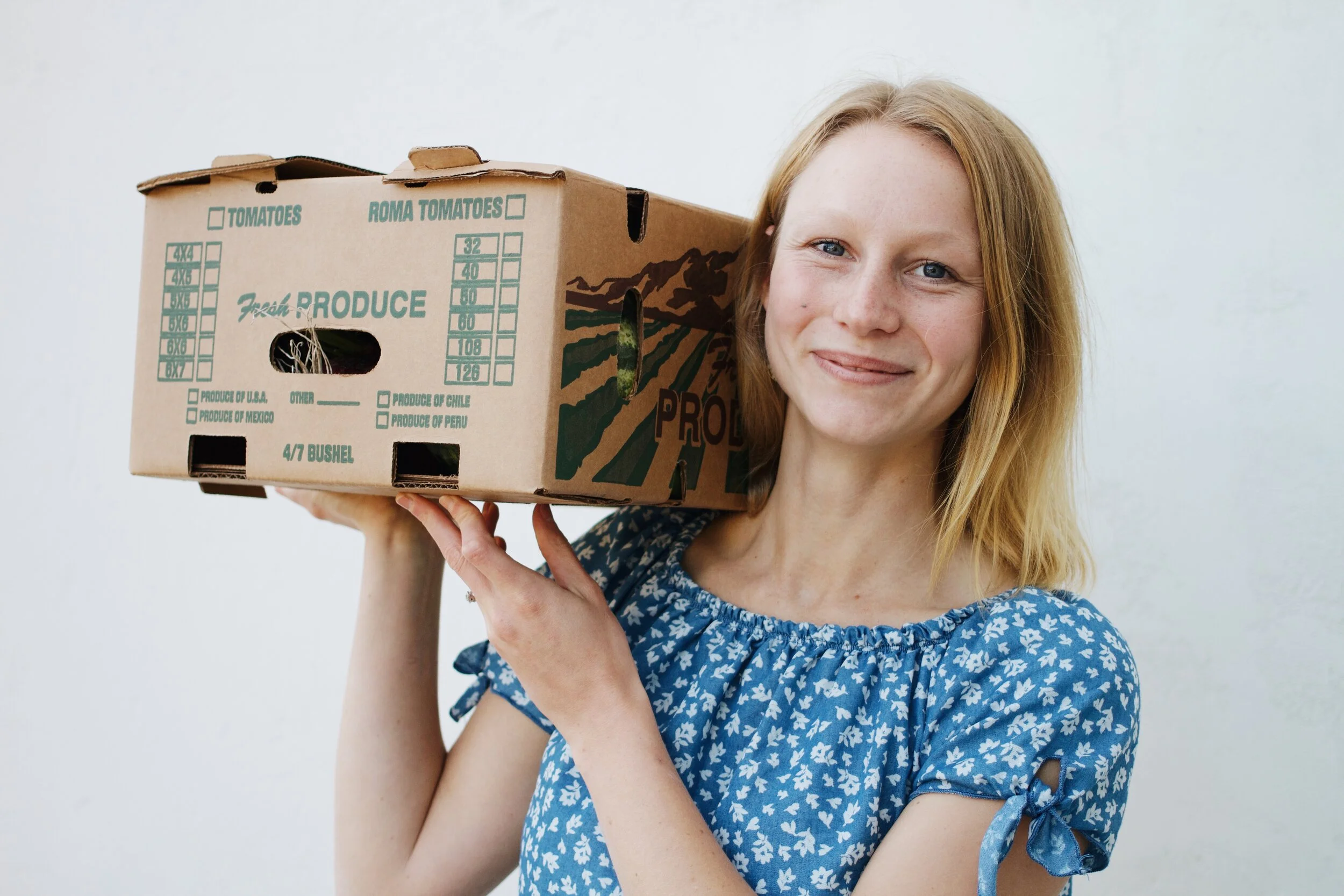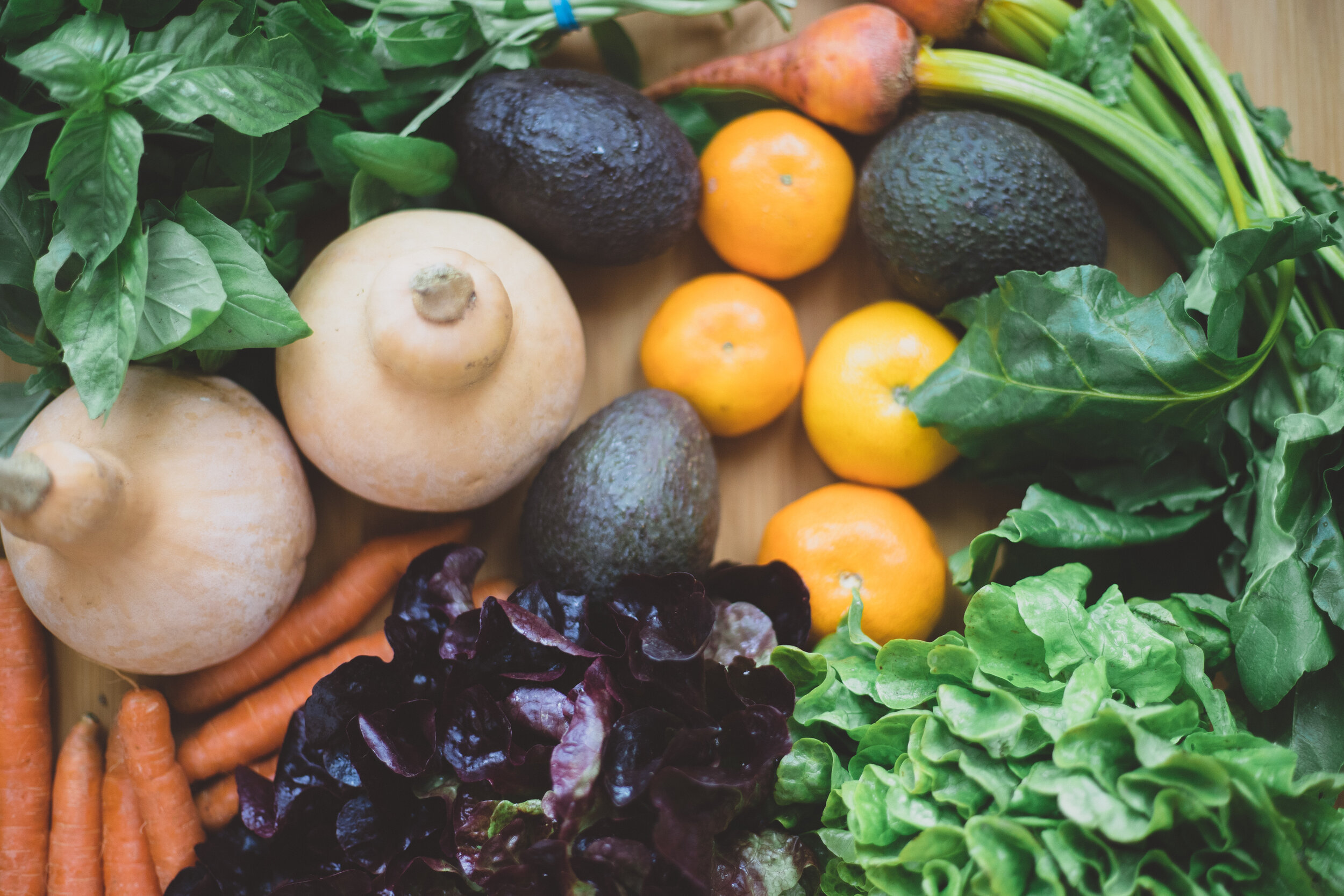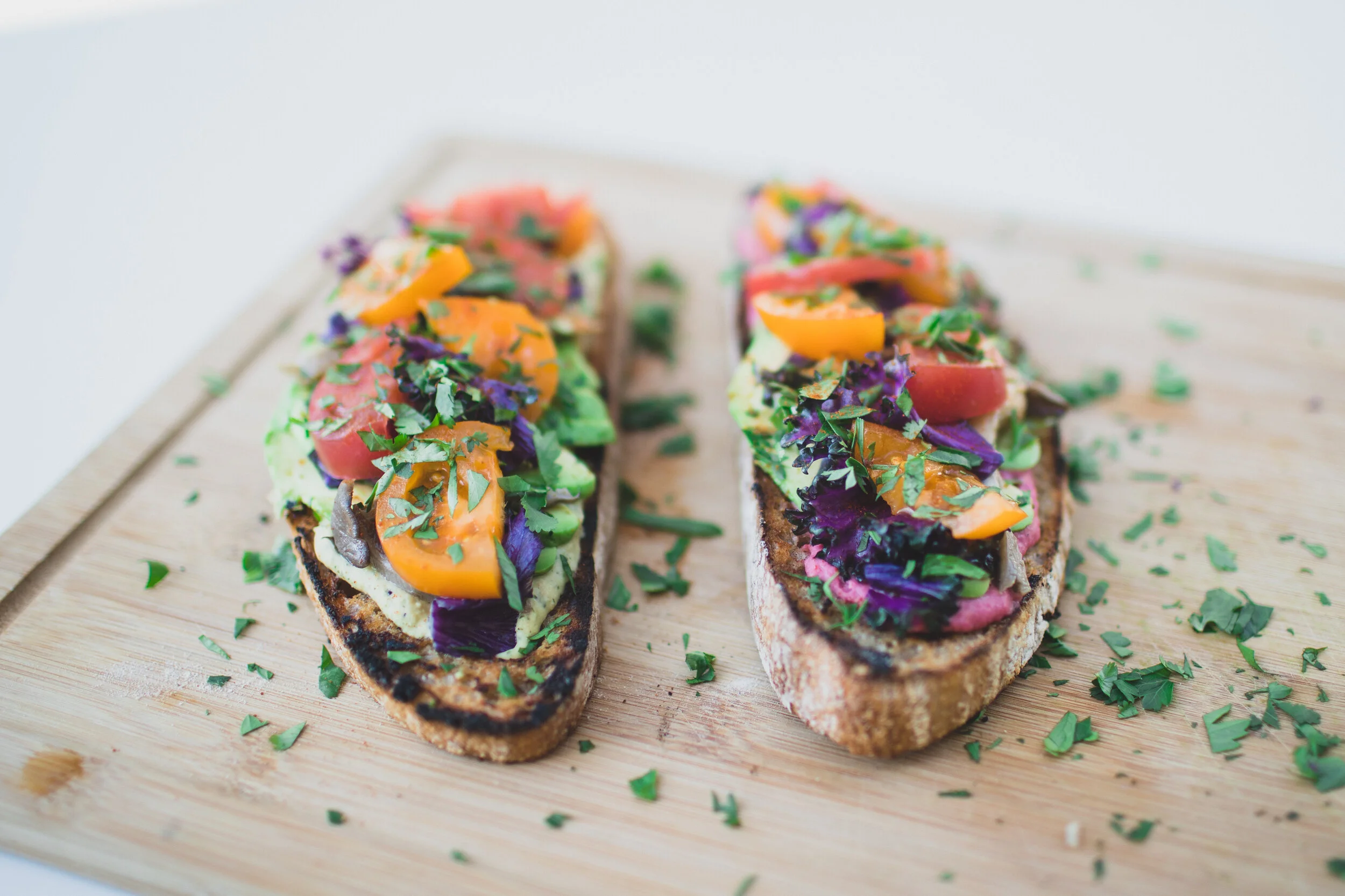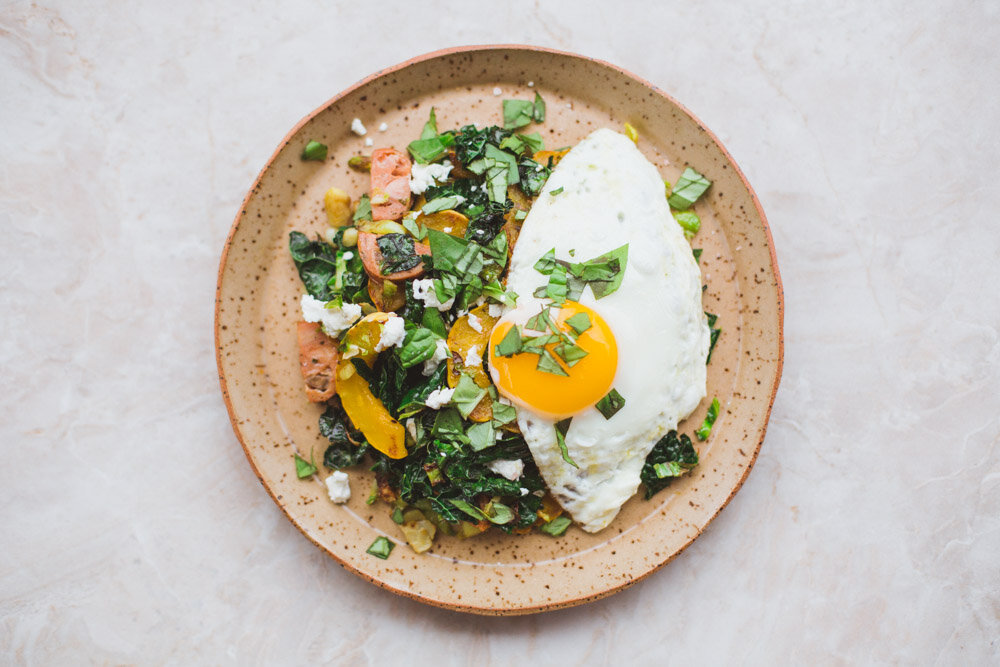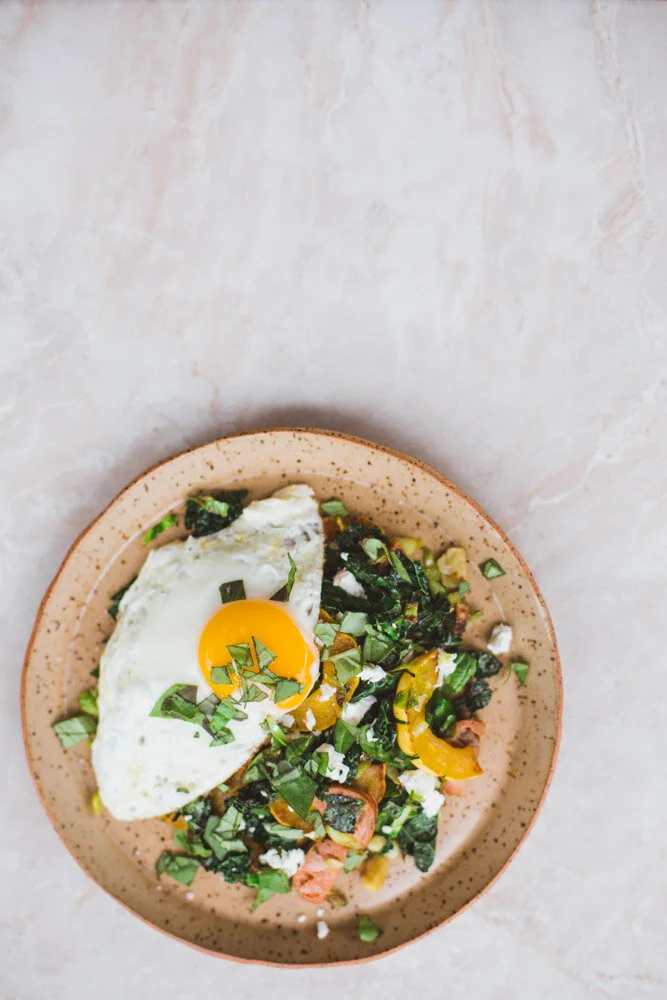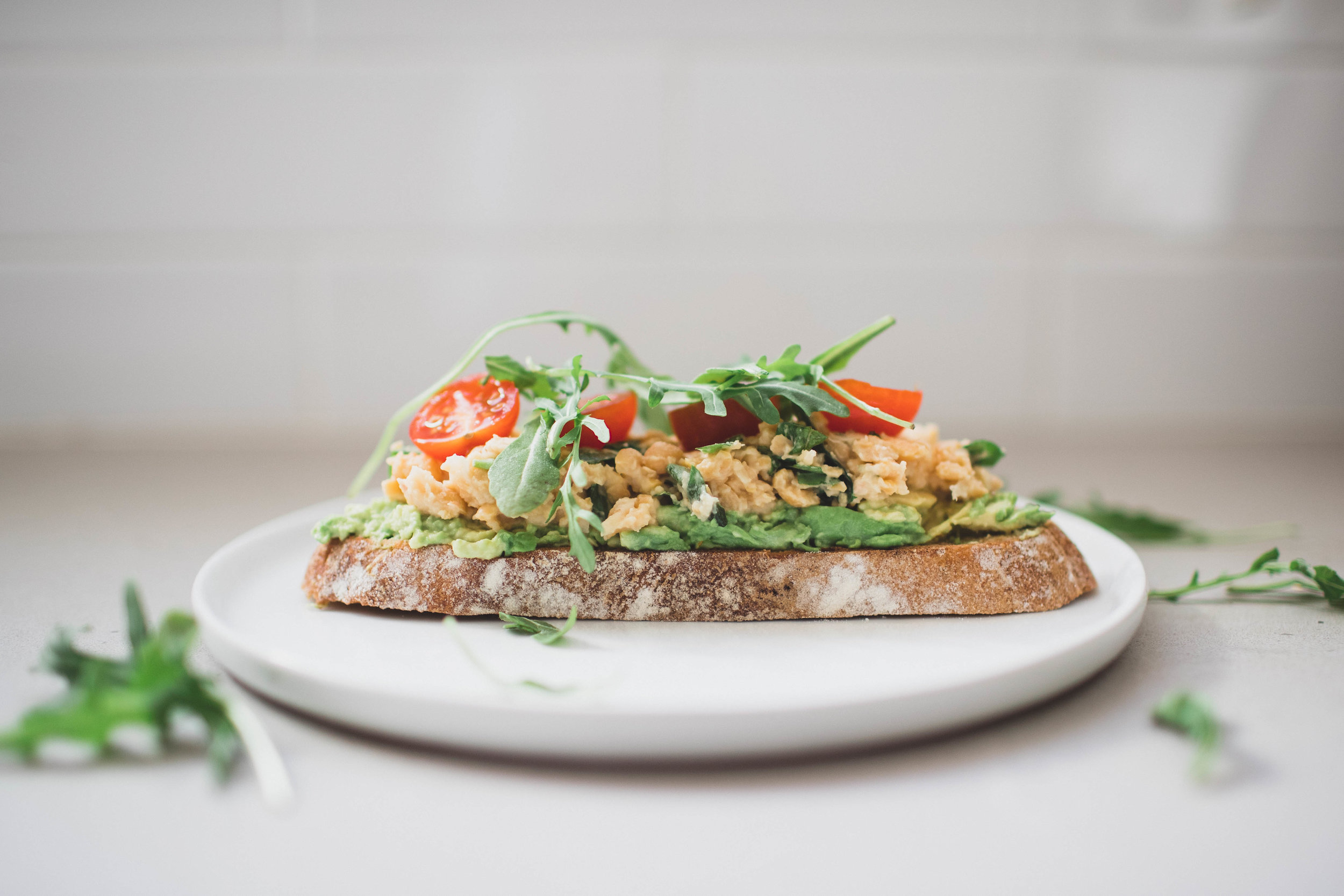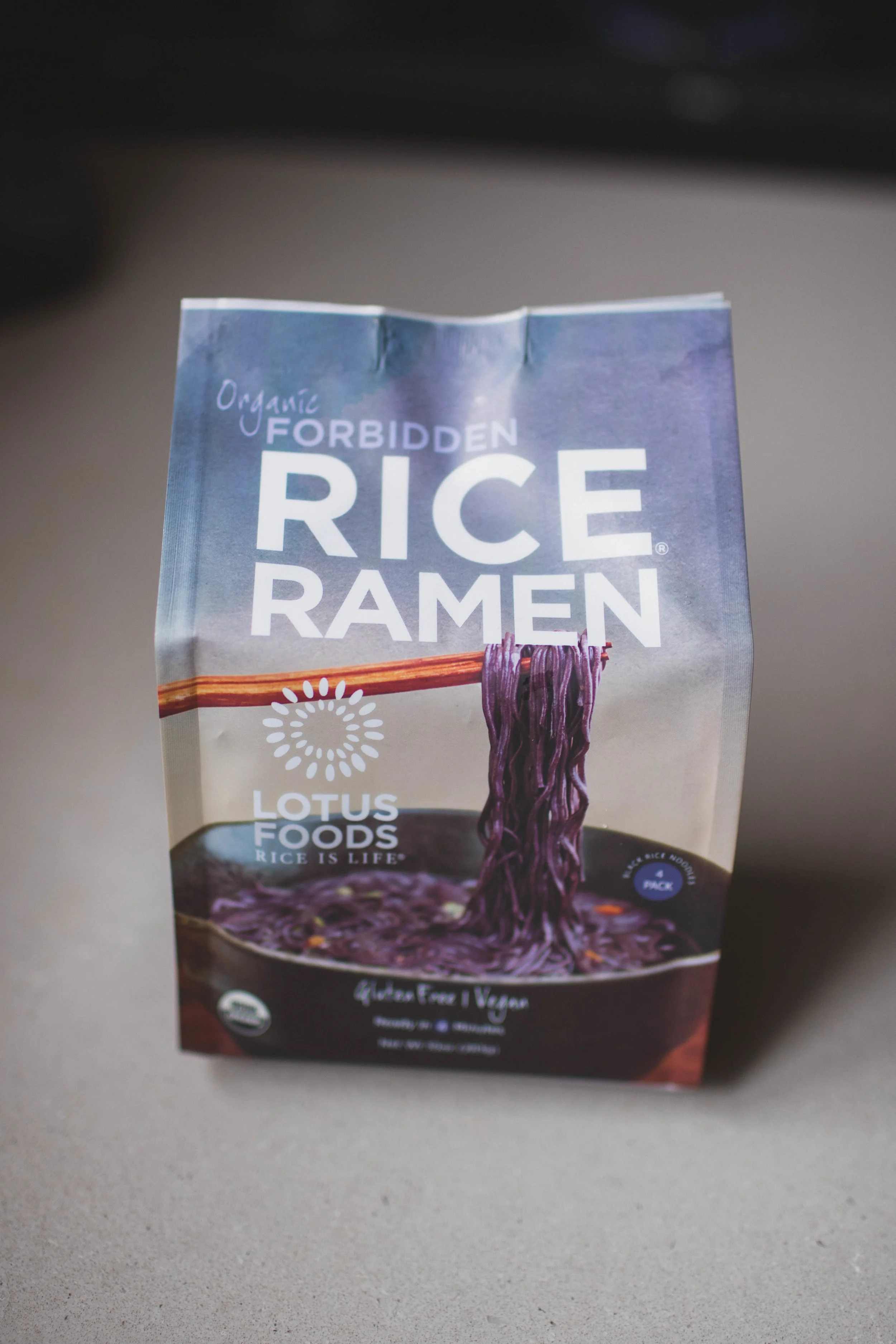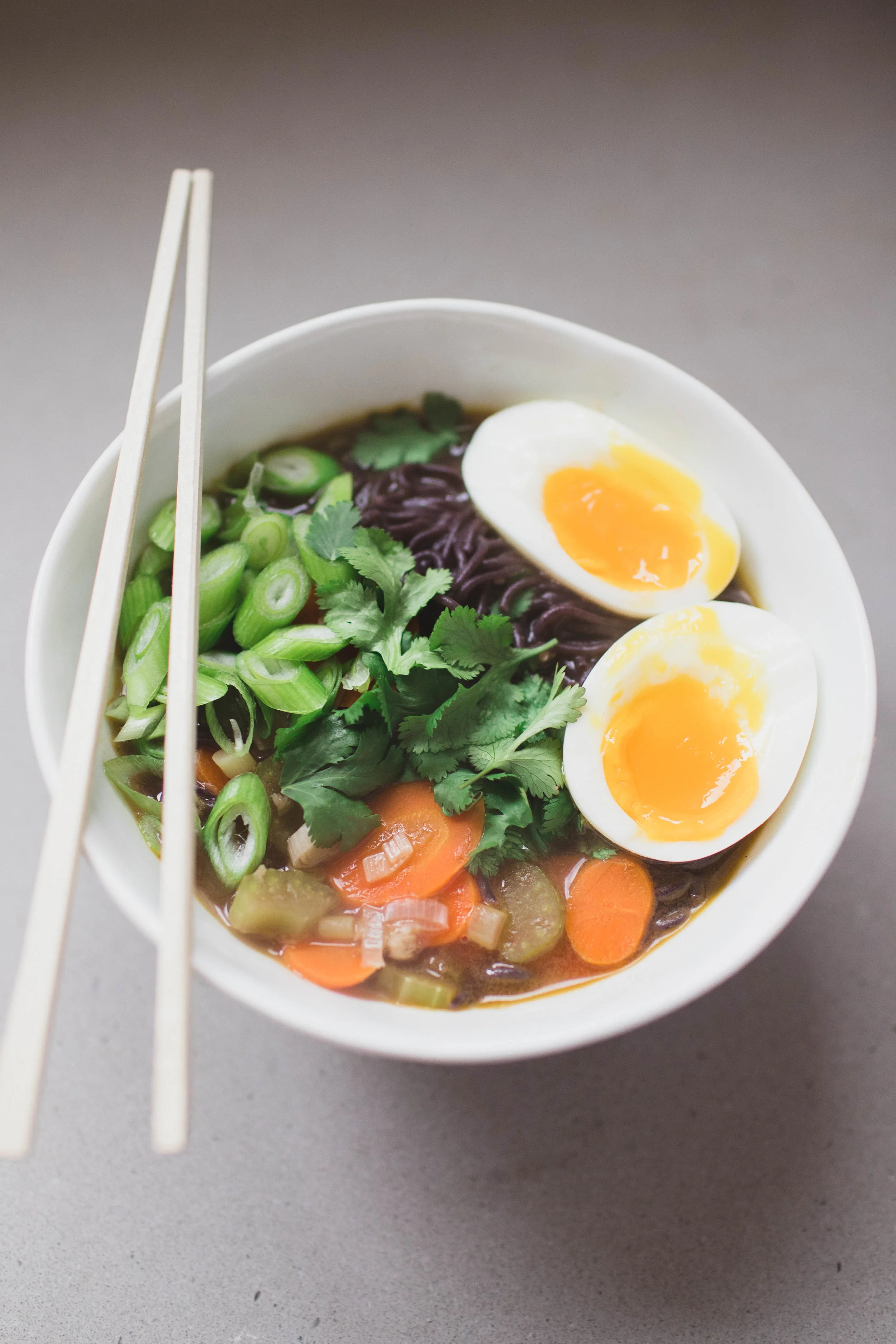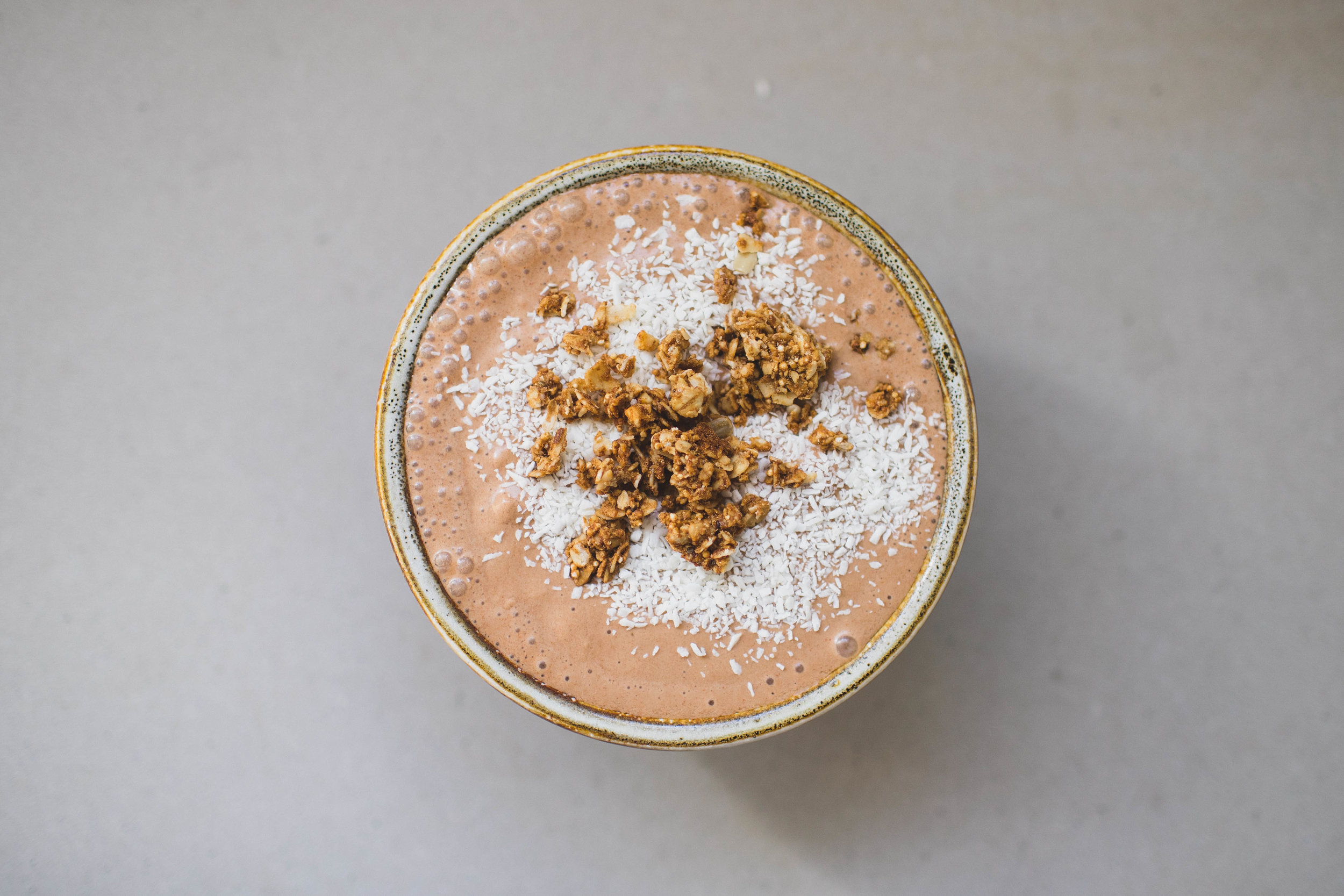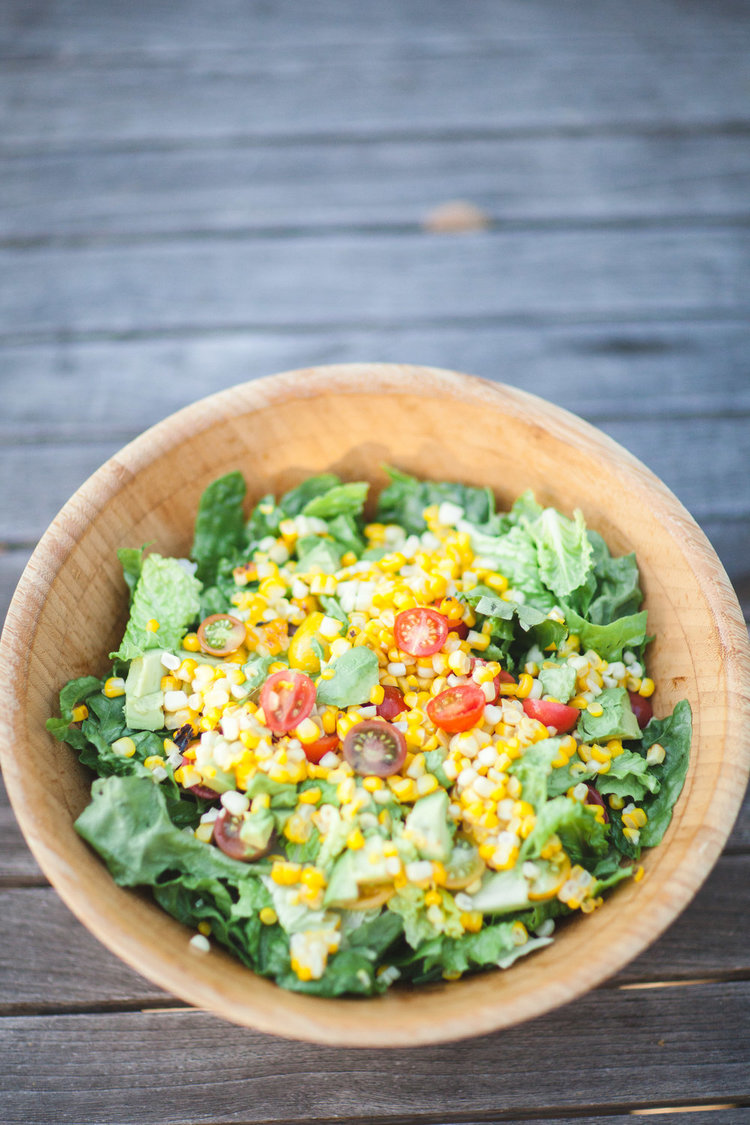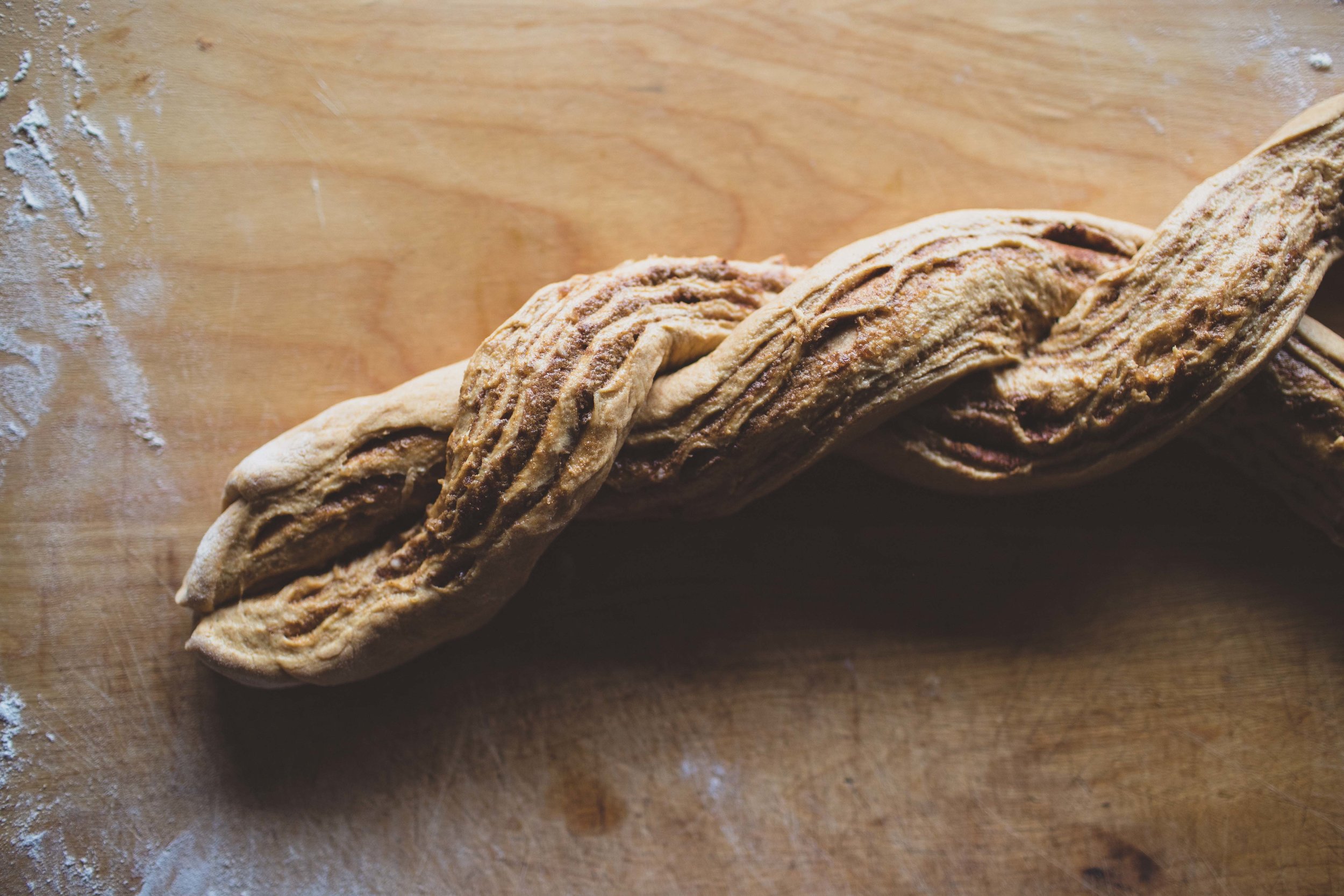Sourdough Cinnamon Rolls w/ Maple Cream Cheese Frosting
/I LOVE CINNAMON ROLLS!
There is nothing in the world like a cinnamon roll. I don’t know what it is, but bagels and cinnamon rolls have a special place in my heart. I guess they both involve lots of fluffy bread with some sort of cream cheese goodness on top… Wow, I never really put two and two together before.
My love for cinnamon rolls is rooted in family holiday traditions. My mom makes her famous Christmas bread (a secret recipe) and large, gooey cinnamon rolls every year around Christmas. I’ve taken on this cinnamon roll tradition for myself, but the sourdough version. I’m currently listening to Bing Crosby sing “Happy Holiday” and dreaming of making these on Christmas morning.
I was going to keep this recipe to my sourdough cinnamon roll class, but life happens and I unfortunately had to cancel the class. However, I just can’t keep these delicious rolls from you all! So, I decided to share it anyways :)
You will need a sourdough starter for this recipe, but I’m almost positive someone you know has one. During the pandemic, it seems like making sourdough became a big thing. Just post on your Instagram or Facebook asking for a starter, and I bet you someone will answer your plea for wild yeast!
Schedule for the cinnamon rolls:
I would suggest starting the process in the evening, the day before you want to bake the cinnamon rolls.
Alternatively, you could start the process in the morning, and let the cinnamon rolls rest in the fridge overnight. The next morning, put them directly in the oven once it’s preheated without the additional rise.
Cinnamon Roll Dough:
340 g. All purpose flour
25 g. Honey
190 g. Whole milk
1 egg
100 g. Active starter
2 Tbs. Butter
Filling:
2 Tbs. butter
3/4 c. Brown sugar
1 Tbs. cinnamon
Maple Cream Cheese Frosting:
2 Tbs. room temperature butter
1/3 c. room temperature cream cheese
1/4 c. maple syrup
1-2 Tbs. milk
Directions:
Heat the butter in a small sauce pan over low heat. Once the butter is melted, remove from the heat. Add the milk and honey, and whisk until combined.
Pour 100 g. active starter into a large mixing bowl. Add the milk/honey/butter mixture, the salt, and the egg. Whisk until well combined.
Add the flour, and mix everything together with a spatula until there are no more dry bits. Transfer the dough into a lightly floured surface, and gently knead for 2-3 minutes, or until the dough is smooth and elastic.
Transfer the dough to a bowl, cover with plastic wrap, and let sit overnight (8-12 hours). The dough should be doubled in size when it’s finished rising.
To make the cinnamon rolls, roll out the dough into a large rectangle about 1/4 inch thick. Spread 2-3 Tbs. butter over the sheet of dough. Sprinkle 1 Tbs cinnamon and 3/4 c. Brown sugar over the butter. Roll up the dough starting on the longer side of the rectangle, then slice into 8 cinnamon rolls.
Place the individual cinnamon rolls in a parchment-lined square baking dish or a spring form pan. Let rise again for 1-2 hours, or until the dough puffs up a little bit.
Bake the cinnamon rolls at 350 for 35 minutes. Check after 30 minutes to see if they’re beginning to brown on top.
To make the frosting, use a hand mixer to beat together the ingredients until smooth and fluffy. Add additional sweetener if needed.





